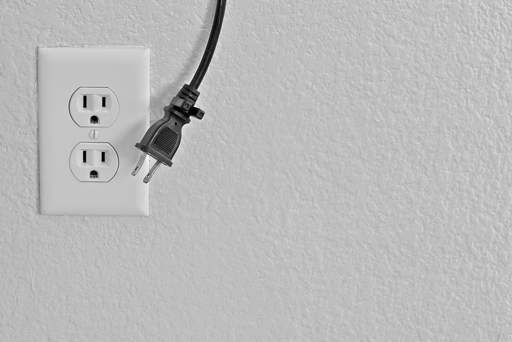 Interruptions have always been the bane of a researcher’s life and at the same time researchers need interactions to thrive. Most operate an open door policy and are annoyed about the level and style of interruption that ensures their own time is not so effectively used. In many cases, it seems that staff or students use them as a living, breathing google app.
Interruptions have always been the bane of a researcher’s life and at the same time researchers need interactions to thrive. Most operate an open door policy and are annoyed about the level and style of interruption that ensures their own time is not so effectively used. In many cases, it seems that staff or students use them as a living, breathing google app.
A question that is increasingly cropping up in my work with clients is, how do I deal with interruptions? The subtext behind the question is usually: how can I ensure I have the time I need for tasks that demand that I concentrate?
The interruptions come in three main flavours: phone, mail, in person. Since it is difficult to concentrate for much longer than 90 minutes without a break, you can deal with stored up interruptions during these breaks.
When the phone rings
In some ways the phone is easiest to deal with: put it on silent, forward it to a colleague, or just let it go to the answering machine. If you forward it, then the person needs to know under what circumstances it is ok to disturb you and for the other cases they need to know when you will be contactable again (and will return the call, of course). If it goes to machine, you need to check the messages from time to time.
Interruptions through e-mail
People have written books on how to deal with mails. Here I’ll just describe some techniques that have proved useful in practice for researchers. The sound of an email arriving triggers a Pavlovian response in most people. No matter how they’re concentrating, part of them wants to know what’s just arrived. One solution is simply to turn off the bell or any other visual or auditory cue that new mail is in your inbox.
The next step is to deal with emails at certain specific times of the day and to block out a chunk of time for this. Some people just check at 10am and 4pm, for example. They take about 30 minutes to deal with whatever is in their inbox. By focusing mail on twice a day, they have a lot of time and energy or work that needs their concentration. Now, some people use email to announce the cancellation of a meeting just a few minutes before it’s due to begin. Therefore, you can relax the 10am/4pm idea slightly and scan your inbox before you leave the office for a meeting – or just leave anyway and enjoy stretching your legs for a few minutes on the way to the meeting and back.
Finally, when you check your inbox, ask yourself if you really need to reply to this email. Your reply will generate another reply, and that in turn will need a reply. If you’ve ever had a a day where you notice that you’ve mailed back and forth several times with someone on a topic, then you’ll know that some mails are more easily dealt with on a quick phone call or over a coffee break.
When people walk in
When dealing with direct interruptions by colleagues or staff, it is helpful to establish some visual cues so that they know not to disturb you before they ask if you have a minute. One of my professors in Dublin had a disturbance barometer outside his door: the settings ranged from “come in!” to “do you really want your Ph.D?”. Many people simply use the obvious signal that if the door is closed, people should stay out; if it’s open, people can come in. Some simply hang a “do not disturb” sign (if you do this, it’s important to remove it when you can be disturbed).
Another technique is to make you calendar open, so that people can book time with you. If you use this technique, you can also make appointments with yourself for the times when you do not wish to be disturbed. If you really need to concentrate on something, e.g. when you are writing a proposal or an important paper, then you can stay at home for a half-day or day from time to time.
This range of ideas is not exhaustive. Avoiding disturbances is a challenge that triggers our creativity. How do you meet this challenge?
Photo: SFDenverLV
